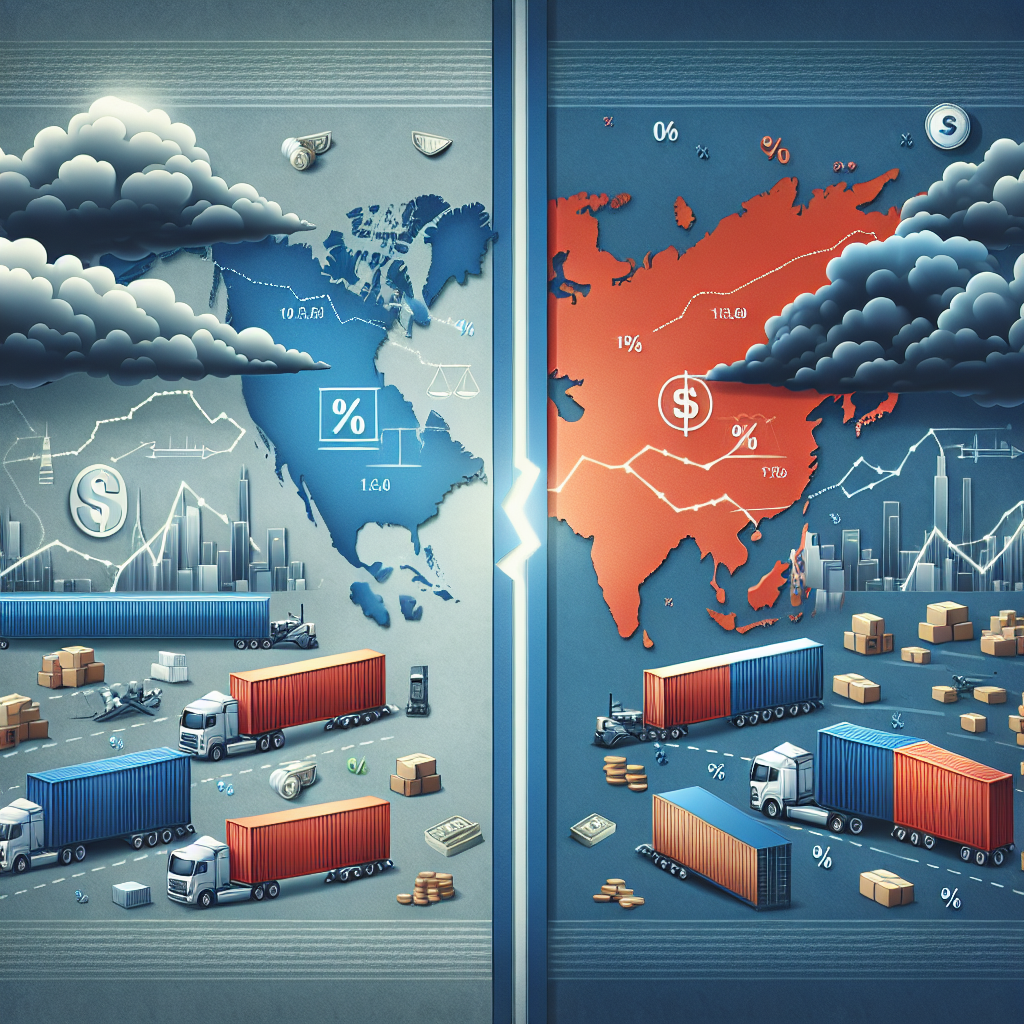Trade Tensions Rise as U.S. Doubles Tariffs on Indian Goods
The U.S. has doubled tariffs on Indian goods to 50%, heightening economic tensions. Economists express concerns over the impact on sectors like textiles and jewelry, with potential GDP reductions and job risks. India may seek alternative markets and trade strategies to mitigate adverse effects.

The U.S. government's decision to double tariffs on Indian goods, raising them to a potential 50%, has intensified economic strains between the two nations. As the world's largest democracies and strategic partners, the move signals significant trade friction.
Economists have voiced concerns about the repercussions on India's labor-intensive sectors, such as textiles and jewelry, which are bracing for disruption. There's an estimated $25 to $50 billion annual impact, depending on the scope, with GDP forecasts potentially reduced by 0.9%.
India faces the challenge of seeking alternative trade avenues, such as free trade agreements and bilateral deals, as economists urge less protectionist strategies. Meanwhile, U.S.-India negotiations could resume, providing a potential pathway to alleviate these tensions.
(With inputs from agencies.)










